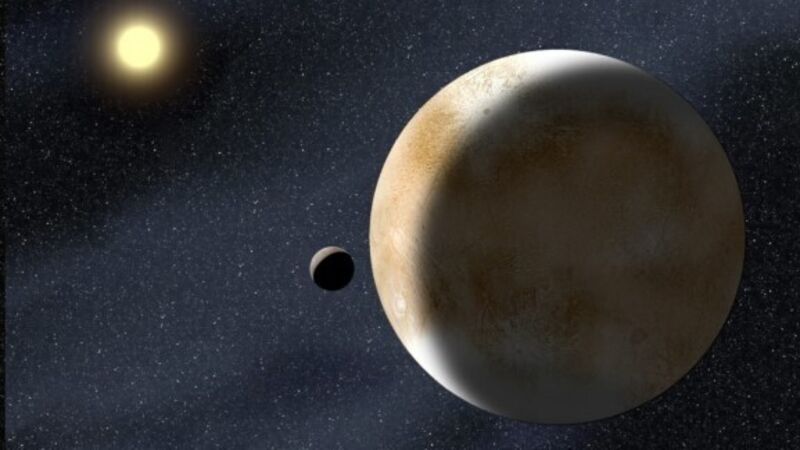Pluto journey marks ‘human history’

During the fly-by, the first close encounter with Pluto ever achieved, the American probe passed within 12,500km of the mysterious world.
At the Applied Physics Laboratory at Johns Hopkins University in Maryland, mission control staff and visitors clapped, cheered and waved American flags, chanting “USA, USA” in an outpouring of patriotic emotion.














